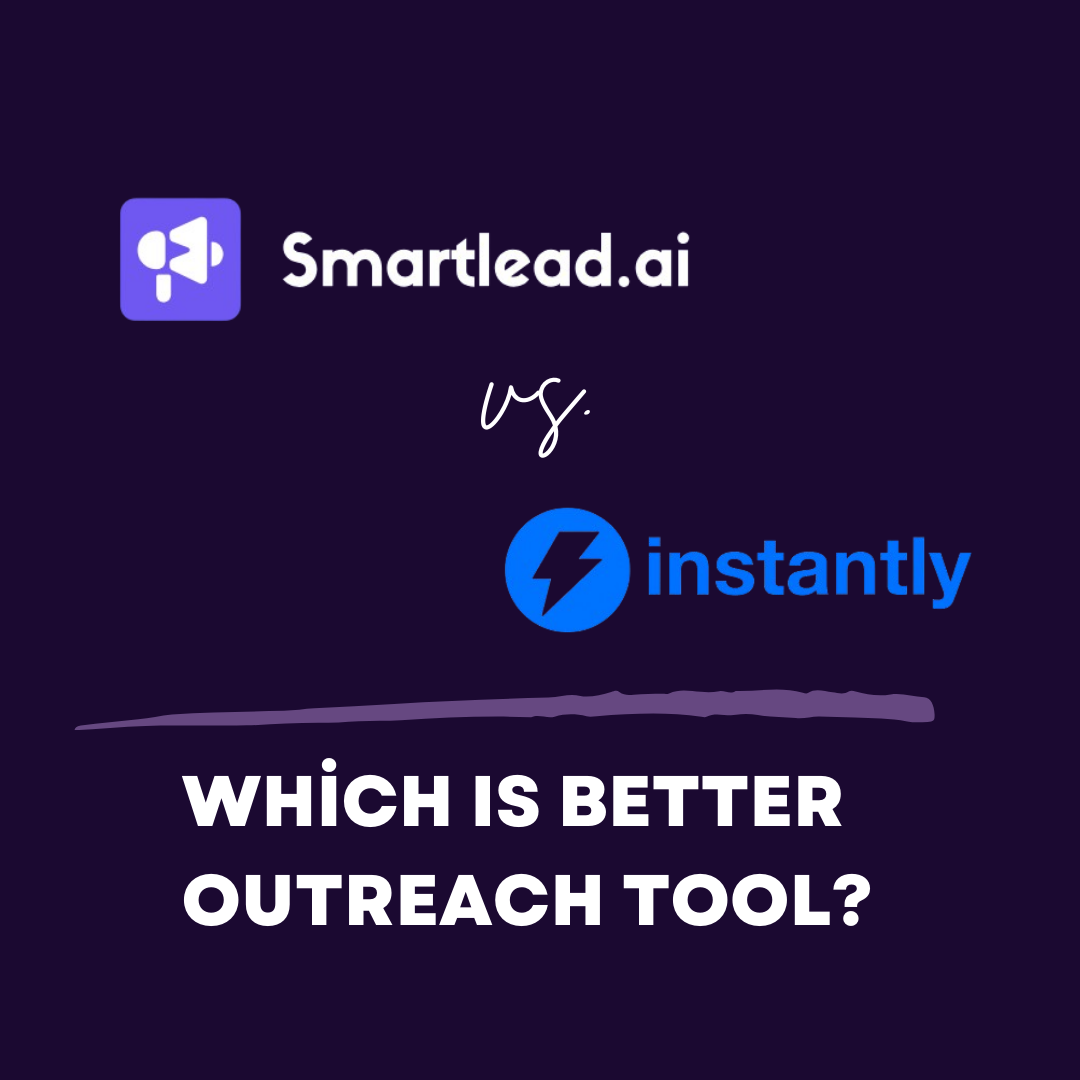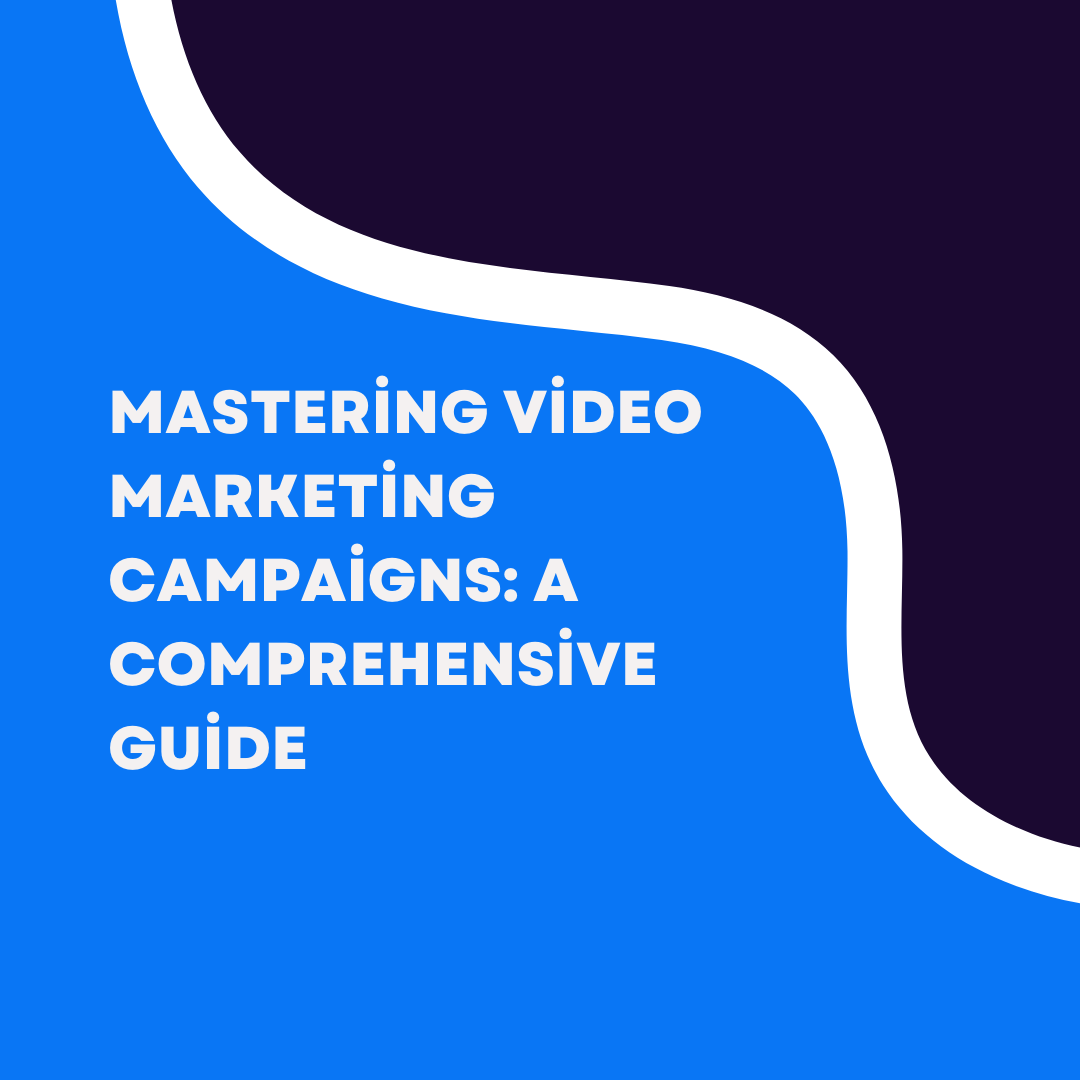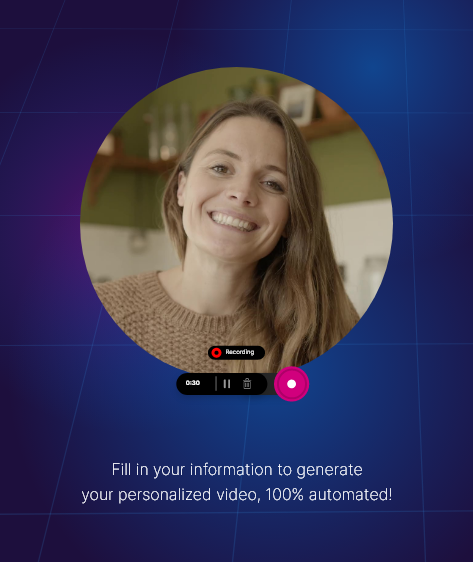Harnessing AI for go-to-market strategies has become a defining trend in today’s fast-evolving sales landscape. As more organizations seek innovative solutions to accelerate growth, the integration of artificial intelligence offers a direct path to smarter, more effective outreach and operational excellence. In this article, discover how a hands-on AI sprint transformed the sales and customer success processes for a fast-growing SaaS company—delivering actionable, in-production results in less than 24 hours.
Based on the original video:
Pioneering AI Go-to-Market: Setting the Stage for Innovation
Interest in AI go-to-market (GTM) approaches has skyrocketed as organizations look to optimize both efficiency and results. Recently, a dynamic collaboration between two tech-driven teams in New York set out to turn ambitious AI ideas into reality. With a clear focus on AI-powered outbound, streamlined sales efficiency, and next-level customer reviews, the day-long event wasn’t just talk—it was real-world impact.
The event brought together project managers, engineers, and CX representatives from both organizations. Together, they split into product-focused squads, each attacking a specific business challenge:
- Personalized AI outbound communication
- Scaling and automating sales development workflows
- Transforming customer business reviews with AI analysis
The secret to their success? Clear objectives, cross-functional teamwork, and a dedication to rapid execution—proving that AI is more than buzzwords when applied thoughtfully.
AI-Powered Personalization: Revolutionizing Outbound Sales
Breaking through the noise in outbound sales means reaching prospects with messages that feel tailored and relevant. The first challenge of the day was simple yet ambitious: How can AI help senders craft personalized, irresistible messages that capture a recipient’s attention?
The solution: AI-powered visual mockups integrated directly into outbound emails. Each message dynamically pulled in the recipient’s brand assets—logo, colors, and other unique elements—giving prospects an instant visual of the potential impact. This goes far beyond standard mail merges and “Hi [Name]” personalization.
Key benefits of fully personalized outbound with AI include:
- Capturing attention instantly: Custom visuals that showcase real brand value
- Faster deal velocity: Prospects can instantly understand what’s possible for their unique situation
- Reduced manual design work: Automation enables efficient scale, no designer required
This approach not only opens new doors for engagement but also sets a higher bar for how sales teams initiate meaningful conversations. For examples of strategic sales roles and how they’re evolving in this space, see our deep dive into the modern salesperson’s responsibilities and impact.
Scaling Sales Development: AI for Next-Level Efficiency
Growth-stage companies face the daunting task of scaling their Sales Development Representative (SDR) teams—often hiring dozens of new reps in weeks. But with expansion comes new challenges in training, data quality, and workflow automation. In this sprint, the team solved a key bottleneck: reducing repetitive work that consumed 80% of their reps’ days.
The answer was an AI-driven Chrome extension. This tool integrated with sales workflows, automatically gathering high-quality, up-to-date data, and suggesting specific next-best-actions to SDRs. Notably, it transformed a previously 30-minute manual process—completed several times daily per rep—into a fully automated workflow. This freed SDRs to focus on building relationships and moving deals forward, rather than getting bogged down in admin tasks.
Which tasks did this AI extension streamline?
- Prospect research and data collection
- Personalized guidance on optimal outreach strategy for each contact
- Automated population of CRM and data tools
The real power here is clear: when AI supports salespeople with quality data and actionable insights, efficiency and morale both skyrocket.

Automating Customer Business Reviews: Turning Insights into Action
Preparing for quarterly business reviews (QBRs) is often a time-consuming, manual process. Teams spend hours combing through call notes, aligning on key initiatives, and assembling templated slides—often missing critical insights shared during calls. This sprint’s final project reimagined the entire process using AI-powered analytics.
By analyzing the full transcripts of customer calls, the new system could:
- Identify every stakeholder and decision-maker mentioned
- Extract specific business goals and pain points shared by the customer
- Automatically draft customized presentation decks, tailored for each review
This is a leap beyond traditional templates—AI-generated presentations reflect what’s actually discussed, ensuring every review is deeply relevant and actionable. The tangible outcome? More insightful conversations, and a clear roadmap for delivering additional value.

From Idea to Impact: Measuring Success in a Single Workday
Unlike typical hackathons or AI brainstorming sessions, this event drove real business outcomes—every solution went live by the end of the day. Teams presented their projects company-wide, demonstrating how each tool worked in real time. The energy in the room was palpable as participants held up custom trophies, celebrating not just technical achievement but the tangible value added to day-to-day operations.
Key takeaways from this fast-paced AI sprint include:
- Speed matters: Rapid prototyping and direct feedback accelerates both learning and application
- Team diversity: Cross-functional talent unlocks more creative, effective solutions
- User-first focus: Solving actual sales and CX pain points leads to high adoption rates
By iterating quickly and keeping solutions grounded in the needs of sales, RevOps, and customer-facing teams, companies can transform their AI investments into real competitive advantage.
Unlocking the Power of AI Go-to-Market: Lessons and Tips
Looking to drive similar results in your own organization? Whether you’re aiming to supercharge outbound prospecting, automate data workflows, or create more compelling customer reviews, there are universal lessons from this experience:
- Start with clear business challenges—focus on outcomes, not just technology hype
- Combine strategic thinking with practical application—deploy to production, not just demo
- Engage your full team, from sales to engineering to customer success
- Celebrate wins and learnings together to encourage a culture of experimentation
If your organization is considering adopting AI in your GTM stack, prioritize projects that remove friction, improve personalization, and deliver rapid time-to-value. For deeper insights on refining each stage of your pipeline, explore these advanced tips for maximizing sales performance.

Real-World AI Transformation: What’s Next?
The sprint showcased what’s possible when cross-functional teams, empowered by AI, act decisively on shared goals. With projects moving from concept to live deployment in just hours, the potential for scaling innovative solutions throughout sales and customer organizations is enormous.
Best of all, when leaders and practitioners come together in this kind of “doer’s mindset,” the results go well beyond technical improvement; they inspire cultural change. Teams see first-hand how AI can be a practical ally in scaling relationships, revenue, and customer success.
FAQ: AI Go-to-Market Strategies and Real-World Adoption
How can AI enhance outbound sales campaigns?
AI enables highly personalized outbound messages, integrating visual assets and tailored content that resonate with each prospect. This approach drastically increases engagement rates and sets brands apart from generic outreach.
What’s the fastest way to bring an AI-powered tool into production?
Begin with a clear business problem, assemble a cross-functional team, and use rapid prototyping. Focus on solving pain points with minimum viable products and iterate based on real feedback as soon as possible.
How does AI improve sales development efficiency?
AI automates repetitive tasks like data collection, research, and CRM updates—saving hours for each SDR and allowing them to spend more time on high-impact activities like relationship building and closing deals.
What are the benefits of using AI for customer business reviews?
AI analyzes detailed call transcripts, surfacing actionable insights, new stakeholders, and custom presentation decks that make reviews much more relevant and valuable for both teams and customers.
Can companies of any size implement AI-driven go-to-market strategies?
Yes, whether you’re a growing startup or a larger enterprise, thoughtful integration of AI into sales and customer workflows can drive adoption and deliver measurable ROI—when solutions are aligned with organizational needs.









